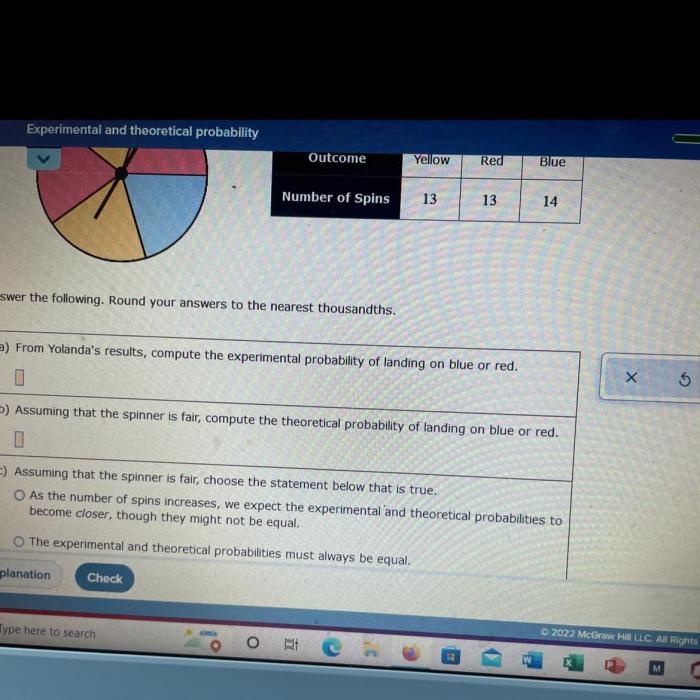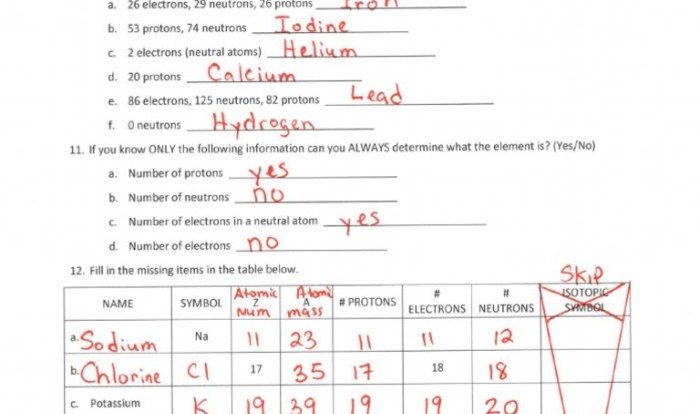A spinner has three equally sized regions – A spinner with three equally sized regions captivates attention, introducing a topic brimming with scientific intrigue and practical applications. Its distinct design, governed by principles of physics, sets the stage for an exploration into the realm of spinning objects, their mechanisms, and their multifaceted roles in various domains.
This enigmatic device, meticulously crafted from diverse materials, invites us to unravel the secrets behind its construction and manufacturing processes. By delving into the intricate interplay of forces that orchestrate its rotation, we gain insights into the fundamental principles that govern its motion.
Regions of the Spinner

The spinner is divided into three equally sized regions. These regions are labeled A, B, and C. Each region is separated from the other two regions by a line. The diagram below illustrates the regions of the spinner.
Materials and Construction
The spinner is typically made of plastic or metal. The plastic spinner is usually made of a lightweight plastic, such as polystyrene or polyethylene. The metal spinner is usually made of a heavy metal, such as steel or aluminum. The spinner is assembled by attaching the three regions to a central axis.
The axis is usually made of metal.
Mechanism of Rotation
The spinner is rotated by applying a force to the central axis. The force causes the spinner to rotate around the axis. The spinner will continue to rotate until the force is removed. The speed of rotation is determined by the amount of force that is applied.
Applications and Uses

The spinner has a variety of applications and uses. It can be used as a toy, a gambling device, or a teaching tool. The spinner can also be used to make random decisions.
Design Variations: A Spinner Has Three Equally Sized Regions
There are many different design variations of the spinner. Some spinners have only two regions, while others have four or more regions. Some spinners are made of different materials, such as wood or glass. Some spinners are even designed to be used as jewelry.
Historical Context
The spinner has been around for centuries. It is believed to have originated in China during the Han Dynasty. The spinner was originally used as a gambling device. Over time, the spinner became popular as a toy and a teaching tool.
Cultural Significance
The spinner has cultural significance in many different societies. In some cultures, the spinner is seen as a symbol of good luck. In other cultures, the spinner is seen as a symbol of chance. The spinner is also used in some religious ceremonies.
Contemporary Relevance

The spinner is still relevant in contemporary society. It is still used as a toy, a gambling device, and a teaching tool. The spinner is also used in some modern technology applications, such as random number generators.
Q&A
What are the materials commonly used in constructing a spinner?
Spinners can be crafted from a variety of materials, including metals like aluminum or steel, plastics like ABS or polycarbonate, or even wood in certain cases.
How does the number of regions on a spinner affect its rotation?
The number of regions on a spinner influences its rotational properties. A spinner with three equally sized regions exhibits balanced rotation, while spinners with an uneven number of regions may exhibit more complex rotational patterns.
What are some practical applications of spinners with three equally sized regions?
Spinners with three equally sized regions find applications in various fields, including gaming (e.g., fidget spinners), scientific research (e.g., gyroscopes), and industrial settings (e.g., balancing devices).

